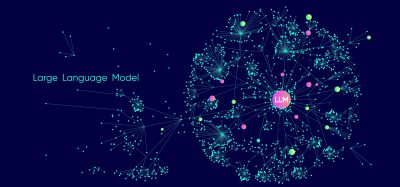Global high-content screening market set to be worth $2.52bn by 2030
Posted: 15 September 2022 | Victoria Rees (Drug Target Review) | No comments yet
A report has found that rapidly evolving R&D infrastructure will help to drive the high-content screening market forwards.


According to a new report, the global high-content screening market is expected to be worth $2.52 billion by 2030, growing at a compound annual growth rate (CAGR) of 8.6 percent during the forecast period. Published by Growth Plus Reports, the report says that increasing drug discovery research, a growing focus of multinational companies on emerging markets initiatives and rapidly evolving R&D infrastructure is driving this market forwards.
The market is also anticipated to expand as a result of rising government and non-government organisation spending in biological research and medication discovery to find compounds including peptides, small molecules and RNAi. Government agencies all around the world are making significant investments in drug research, which is further driving the demand for sophisticated, high-content screening systems. The expanding practise of cell secondary screening in the recent years is anticipated to additionally fuel expansion over the forecast period. Moreover, pharmaceutical and biotechnology companies are putting a greater emphasis on critical illness risk assessment when it comes to the development of new drugs.
Therefore, it is anticipated that the demand for high-content screening technologies would be driven by the development of solutions that offer great sensitivity in detecting issues as serious as hepatoxicity.
The market for instruments used in high-content screening is anticipated to grow at a particularly high CAGR throughout the forecast period. The significant market share of this segment is related to developments in automation and instrumentation technologies as well as the high cost of high-content screening equipment. In accordance with enhanced software platforms, businesses are creating automated solutions such as instruments with superior visualisation capability. The cost effectiveness is enhanced by the use of features like LED light engines, which minimises intensity changes and obviates the need to switch to external lighting sources. Among other innovations, the introduction of filter sets, auto-focus methods and efficient lighting sources considerably aids market growth.
North America is expected to be the leading regional market for high-content screening throughout the forecast period due to product developments by manufacturers that have the potential to study live cells, their imaging and further identify and validate drug targets. Additionally, high-content screening helps in the analysis of RNA mutations and modifications, as well as toxicity research, which enhances drug development and effectiveness. As manufacturers conduct various R&D operations to enhance cell analysers and flow cytometers in the high-content screening market, Japan and China are anticipated to experience considerable growth.
Some of the prominent players in the global high-content screening market include PerkinElmer, Thermo Fisher Scientific, Bio-Rad Laboratories, Becton Dickinson Company and GE Healthcare.
Related topics
Analysis, Drug Discovery, High-Content Assays, Screening
Related organisations
Becton Dickinson Company, Bio-Rad, GE Healthcare, Growth Plus Reports, PerkinElmer, Thermo Fisher Scientific








